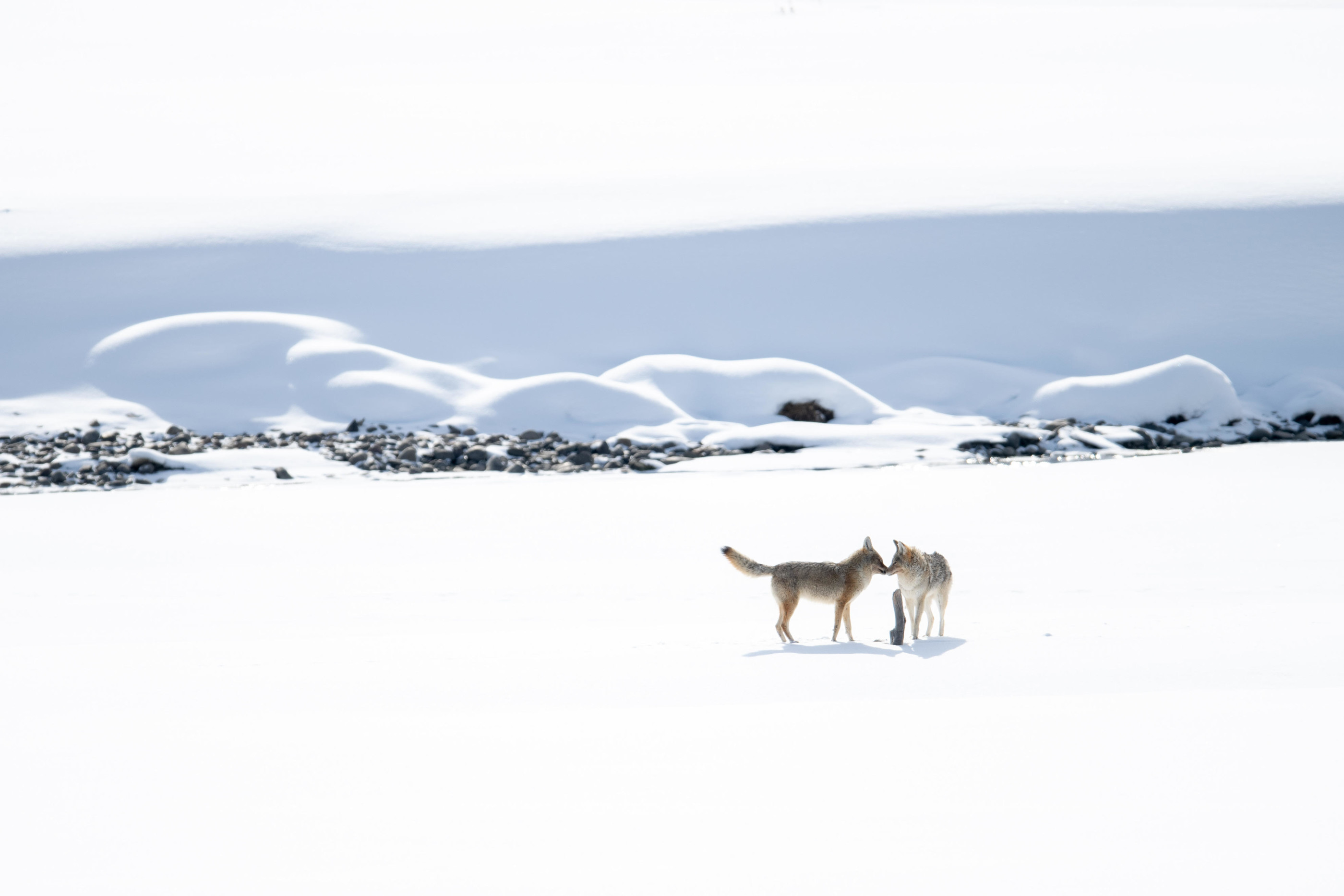Daily Trap Checks Would End Prolonged Suffering
“We have before the Montana legislature HB287 for mandatory daily trap checks.
In Montana, we have no required time frame a trapper must check their traps and snares. Two exceptions apply. One is for bobcat traps set in designated lynx protection zones, which require 48 hour trap checks. Traps set for wolves require a 48 hour visual trap check. All other traps and snares can be secreted, unmarked, unattended, baited and legally go unchecked for days, even weeks. 48 hours is a recommendation in Montana trapping regulations, not a requirement.
Trapped animals are exposed to the elements, the bitter cold, risk frostbite, dehydration, and are unable to escape from other animals attacking and killing them. Trapped animals commonly suffer from mouth injuries and some, tooth loss, as was the recent case of the little dog trapped overnight in Helena. Animals bite at the trap to try to escape. Some eventually bite off or twist off their trapped paw. Trappers call it wring off.
In just two years, 2013-2015, 48 mountain lions were reported “accidentally” trapped, according to Montana FWP reports. 16 of those were caught in traps set for wolves. One-third of those mountain lions in “wolf trap sets” were dead. Recall wolf trap sets require 48 hour trap check times! 32 mountain lions were caught in traps not set for wolves, i.e. smaller leghold traps, snares, conibears. 66 percent were dead! 84 percent of the reported mountain lions were dead or injured! And these are just the ones we know about. 96 percent were deemed legal trap sets.
One of the absolute worst things that can happen to a wild animal is the inability to do what their instincts taught them to survive, i.e. fight or flight. Trapped, both responses are futile and according to the findings often result in injury, not generally detected by the naked eye. Another hidden related condition those in wildlife rehabilitation know all too well referred to as capture myopathy poses a significant risk to trapped animals. Struggling to escape the initial pain of the trap and the instinctive need to escape leads to physiological imbalances resulting in severe muscle damage. Capture myopathy may lead to sudden death, or clinical signs may develop hours, days, or up to two months following capture in which the animal eventually dies from heart failure.
The Association of Fish & Wildlife Agencies (AFWA) represents North America’s fish and wildlife agencies and states, “Make a commitment to check your traps at least once every day. When you set out a trapline, you assume responsibilities. Animal welfare is a top priority. One important difference between trapping and hunting is your commitment to work your trapline every day until you remove your traps. Hunters can choose the days they want to hunt, but trappers must check their sets every day. Bad weather or other problems should not change your plans. If you cannot personally fulfill your responsibility to wildlife and fellow trappers because of illness have another licensed trapper check your line.”
HB287 provides an exception for a trapper under special circumstances who is unable to meet the daily trap check requirement to grant a licensed trapper permission to do so.
Traps and snares are indiscriminate. If an animal is hungry, searching for food, especially in the dead of winter, is territorial, curious, seeks a drink or a mate, utilizes a trail, dens, or lives in the water they fall victim to traps and snares.
“The longer that animal is in a trap, the more likely you have foot injury, shoulder sprains, vascular damage, neural damage,” said Carter Niemeyer, a retired wildlife biologist who believes traps should be checked daily. Montana FWP biologists generally check their traps twice a day.
Per the FWP “Non-Target Wildlife Captured in Traps (non-wolf traps)” reports in just 15 months from 10/26/13-1/24/15, Montana trappers reported 63 non-targets, i.e. animals they did not mean to trap. These were not traps set for wolves, either. Among the captures were mountain lions, wolverine, grizzly, great horned owl, deer, black bear, goose, eagle and other raptors. 30 percent were on private property. Only one trap was deemed illegal. 71 percent of these 63 non-targeted trapped and reported animals were found dead. These traps did not have to be checked for days, weeks. An average of 50 trapped dogs per year were also reported.
Daily trap checks are not only fair and reasonable, they are necessary to end the prolonged suffering and give trapped released animals a better chance at survival.
36 other states incorporate 24 hour/daily trap checks in their trapping regulations.
It is past time, Montana got on board for our precious wildlife, our beloved pets and improving our state’s reputation.”
KC York is president/founder of Trap Free Montana Public Lands, Inc. in Hamilton.
Read full guest view
Photo: Coyotes in Yellowstone National Park, courtesy of photographer Michael Cohen, Jackson, WY



